
Introduction to Tree-Plenish
/resource/introduction-tree-plenish
Tree-Plenish
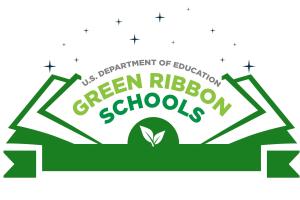
Highlights from the 2022 Honorees
/resource/highlights-2022-honorees
U.S. Department of Education

Highlights from the 2021 Honorees
/resource/highlights-2021-honorees
U.S. Department of Education
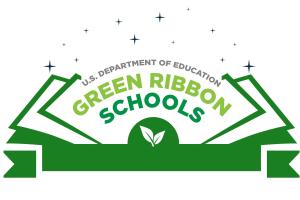
Highlights from the 2020 Honorees
/resource/highlights-2020-honorees
U.S. Department of Education
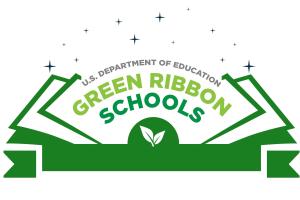
Highlights from the 2019 Honorees
/resource/highlights-2019-honorees
U.S. Department of Education

Highlights from the 2018 Honorees
/resource/highlights-2018-honorees
U.S. Department of Education
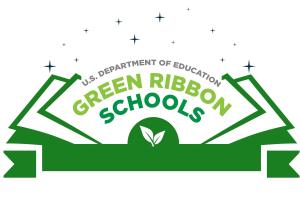
Highlights from the 2017 Honorees
/resource/highlights-2017-honorees
U.S. Department of Education

Highlights from the 2016 Honorees
/resource/highlights-2016-honorees
U.S. Department of Education
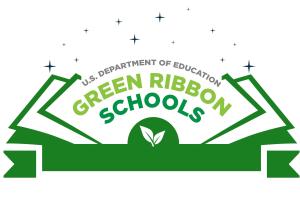
Highlights from the 2015 Honorees
/resource/highlights-2015-honorees
U.S. Department of Education
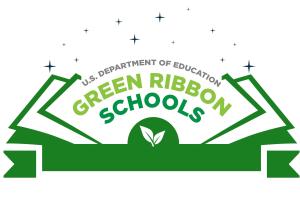
Highlights from the 2014 Honorees
/resource/highlights-2014-honorees
U.S. Department of Education

Highlights from the 2013 Honorees
/resource/highlights-2013-honorees
U.S. Department of Education
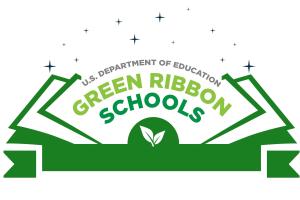
Highlights from the First-Ever Honorees
/resource/highlights-first-ever-honorees
U.S. Department of Education

Mapping the Landscape of K–12 Climate Change Education Policy in the U.S.
/resource/mapping-landscape-k-12-climate-change-education-policy-us
MECCE, NAAEE
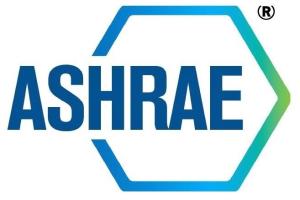
ASHRAE Guidance to Improve Air Quality in Schools
/resource/ashrae-guidance-improve-air-quality-schools
ASHRAE

Decarbonization Roadmap Guide for School Decision Makers
/resource/decarbonization-roadmap-guide-school-decision-makers
New Buildings Institute

EPA’s Healthy Schools Checklist
/resource/epa%E2%80%99s-healthy-schools-checklist
U.S. Environmental Protection Agency
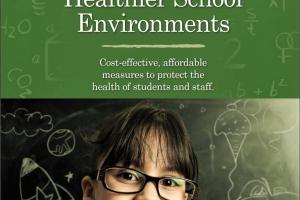
Sensible Steps to Healthier School Environments
/resource/sensible-steps-healthier-school-environments
U.S. Environmental Protection Agency
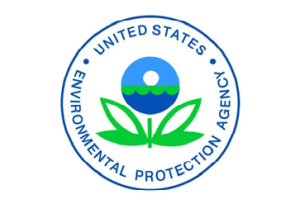
Healthy School Environments
/resource/healthy-school-environments
U.S. Environmental Protection Agency
Managing Asthma in the School Environment: A guide for school staff on asthma triggers.
/resource/managing-asthma-school-environment-guide-school-staff-asthma-triggers
U.S. Environmental Protection Agency

Creating Healthy Indoor Air Quality in Schools
/resource/creating-healthy-indoor-air-quality-schools
U.S. Environmental Protection Agency
Best Practices for Reducing Near-Road Pollution Exposure at Schools
/resource/best-practices-reducing-near-road-pollution-exposure-schools
U.S. Environmental Protection Agency
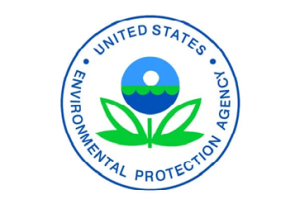
Reducing Diesel Emissions from School Buses
/resource/reducing-diesel-emissions-school-buses
U.S. Environmental Protection Agency
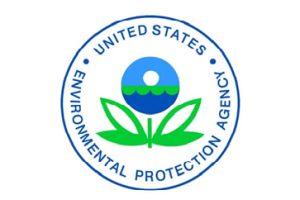
Information about PCBs in Building Materials for School Administrators, Building Owners and Managers
/resource/information-about-pcbs-building-materials-school-administrators-building-owners-and
U.S. Environmental Protection Agency
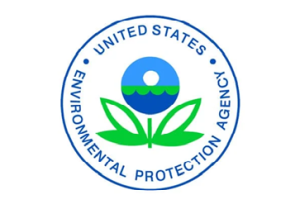
Green Cleaning, Sanitizing, and Disinfecting: A Curriculum for Early Care and Education
/resource/green-cleaning-sanitizing-and-disinfecting-curriculum-early-care-and-education
U.S. Environmental Protection Agency
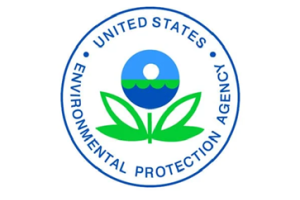
Toolkit for Safe Chemical Management in K-12 Schools
/resource/toolkit-safe-chemical-management-k-12-schools
U.S. Environmental Protection Agency
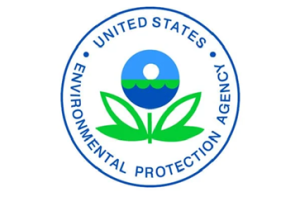
Protect Your Family from Sources of Lead
/resource/protect-your-family-sources-lead
U.S. Environmental Protection Agency

